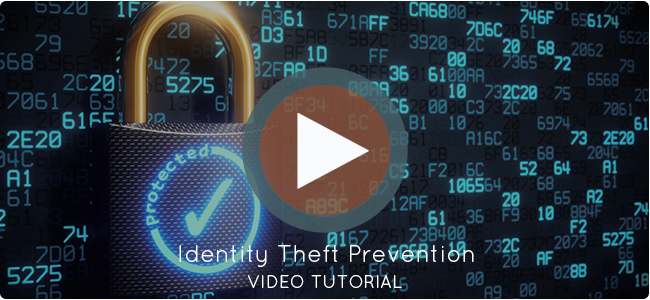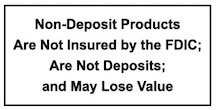Protect Your Identity
What is Identity Theft?
Identity theft occurs when someone uses your personal information, such as your name, Social Security number, or bank account number without your permission to commit fraud or other crimes. Examples include the use of your name and personal information to open new credit card accounts, establish new bank accounts, forge checks, and even apply for loans. Some clues that could indicate your identity may have been stolen include failing to receive bills or other expected mail, receiving credit cards for which you did not apply, denial of credit for reasons that are not apparent, or receiving calls from debt collectors or companies about merchandise or services you did not purchase. While you can’t entirely control whether you will become a victim, but we can help you become more aware to minimize your risk.
How Does Identity Theft Occur?
Skilled identity thieves use a variety of methods to steal your personal information, including:
- Dumpster Diving. Thieves rummage through trash looking for bills or other documents containing personal information
- Skimming. A credit/debit card number is stolen when processing your card using a special storage device.
- Phishing. A high-tech scam that uses spam or pop-up messages to deceive you into disclosing personal information.
- Address Changes. Thieves frequently divert billing statements to another location by completing a false “change of address” form.
- Physical Theft. This is committed by stealing wallets, purses, and mail, such as pre-approved credit card offers, bank statements, or new check orders.
- Pretexting. This is a form of social engineering in which a thief lies about his identity or purpose to obtain an individual’s personal information.





